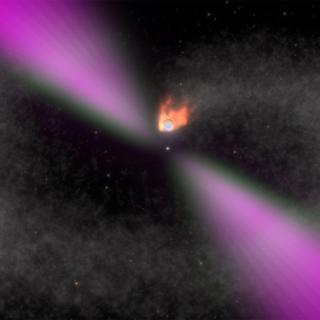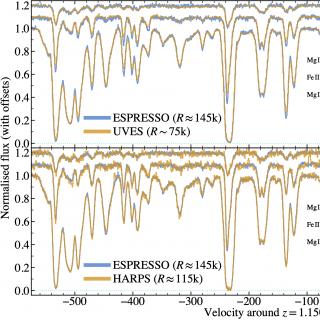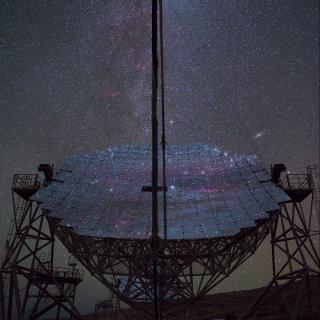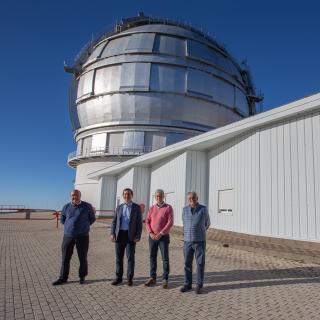
The research, carried out by an international group incuding the Instituto de Astrofísica de Canarias(IAC) and the University of La Laguna (ULL) also show that the binary system has a third star orbiting it , and which could have originated from close to the centre of the Milky Way. While the Earth takes 365 days to complete its orbit round the Sun, the star which orbits the new found pulsar ZTF J1406+1222 does it in 62 minutes, which makes it a neutron star in a binary system termed a “black widow”, with the shortest period measured until now. These data were obtained using the ultra-high
Advertised on




